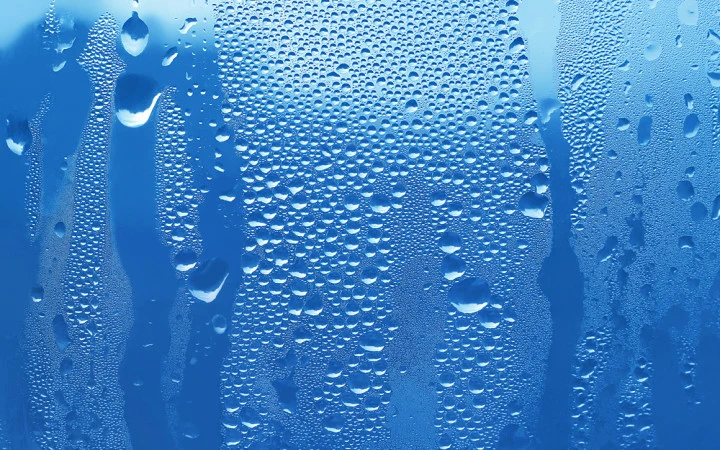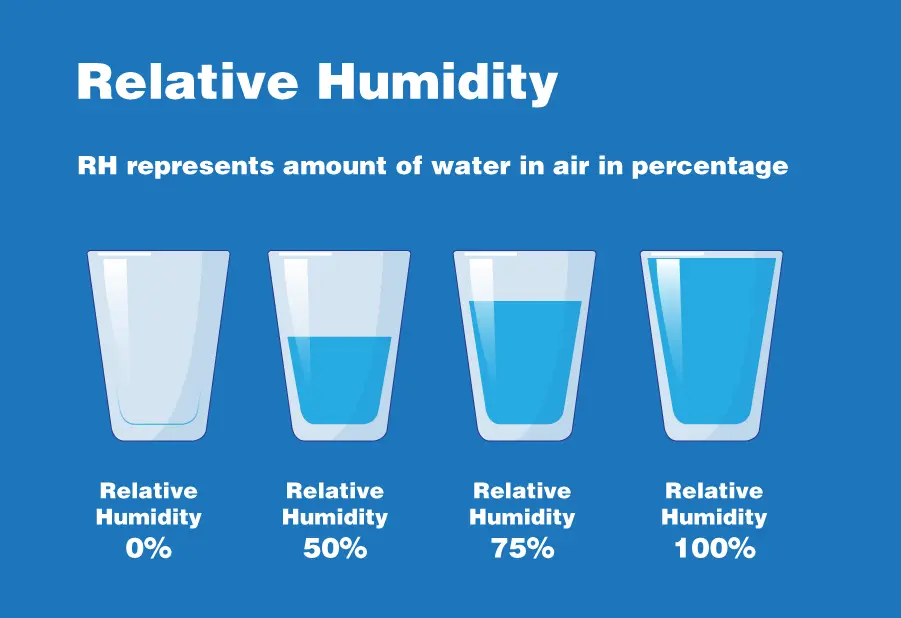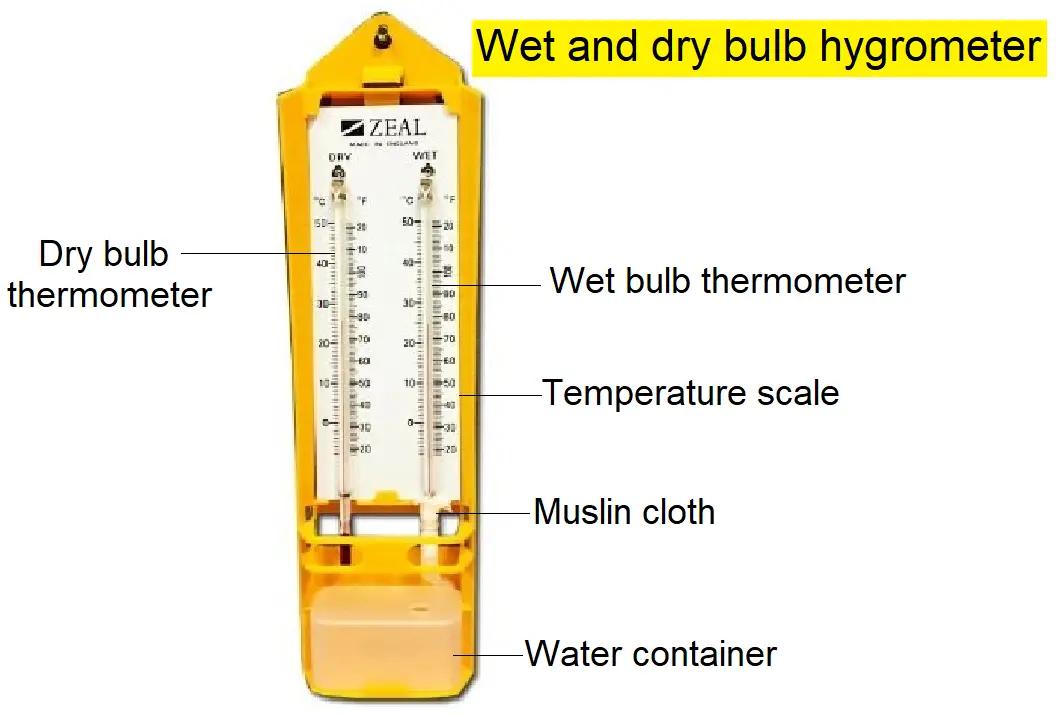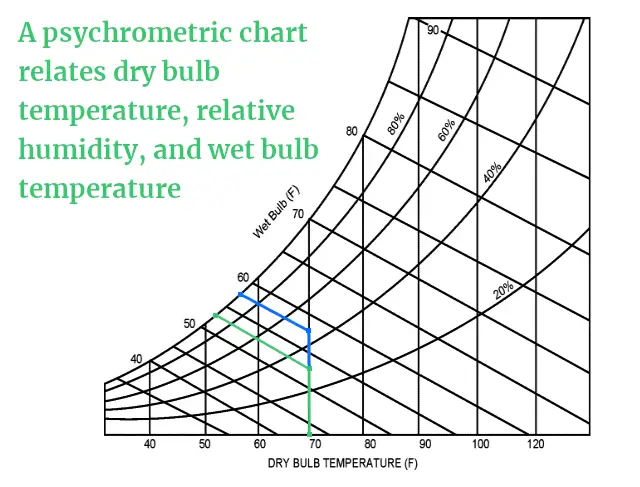Humidity vs Relative Humidity: From summer afternoons through winter mornings the humidity plays a significant part in our everyday lives. This very common element of the air, which is often overlooked until its absence or excess, can affect everything from our levels of comfort to weather patterns.
Understanding the concept of humidity vs relative is a very confusing. In this blog we will discuss and explains the fundamental scientific theories that underlie both humidity and humidity relative, the differences and their impact on everyday life.
Definition and Nature of Humidity
Definition of Humidity
Humidity is a term used to describe the quantity of water vapor present in air or atmosphere. It is a crucial element of the air and can vary significantly from location to location and from season. The level of humidity in the air isn’t uniform, but is generally greater in warmer regions and times due to the fact that warm air has a greater capacity to store water vapor as in comparison to cold air.

Describing Relative Humidity
Relative humidity is the amount of moisture in the air relative to the maximum amount the air could hold at that particular temperature. Relative humidity is a subcategory within the concept of humidity. Technically, it is the ratio of the current absolute humidity to the highest possible absolute humidity. Relative humidity is expressed as a percentage.
A relative humidity of 100% indicates that the air is completely saturated with water vapor and cannot hold any more. This creates the possibility of rain. Barring any change in temperature or pressure, if the humidity exceeds 100%, water vapor condenses to form liquid water, indicating the point of dew.
Relative humidity formula :
Relative humidity (% RH) = vapour pressure/saturation vapour pressure × 100

Relative humidity is a measure of water vapor compared to the amount of water vapor that air at a certain temperature. Credit: NOAA/JPL
Explaining the Difference Between Humidity and Relative Humidity
Humidity and relative humidity are both terms that describe the presence of water vapor in the air, but how they are measured is the key distinction. Humidity indicates the exact volume of water vapor in the air, whereas relative humidity expresses the air’s saturation ratio. While these terms are related, they are not synonymous. Comprehending this differentiation is vital when trying to understand weather forecasts and make informed decisions about health and comfort conditions.

How to Measurement Humidity?
Humidity is the term used to describe the amount of water vapor in the air. It is usually measured using instruments like the hygrometer or psychrometer, and expressed as grams of moisture per cubic meters in air (g/m3).

Testo’s high-precision humidity data loggers.
[Humidity vs Relative Humidity]
Measurement unit of Humidity
Measurement unit of Humidity is g/m3. It expressed as grams of moisture per cubic meters in air (g/m3).
Measurement unit of Relative Humidity
Measurement unit of Relative Humidity is %. Relative humidity is expressed as a percentage (%).
Impact of Humidity on Weather, Climate, and Health
Humidity plays a significant part in the changing the climate and weather. It plays a major role in the development of fog, precipitation and clouds. In addition, high humidity can make the air appear warmer than it really is due to the fact that it hinders the ability of sweat to evaporate and cool the body [Humidity vs Relative Humidity].
The exposure to very humid or low levels of humidity could cause a variety of negative health consequences. For instance, low levels of humidity may cause skin to dry out and lips to crack while high humidity could cause heat exhaustion and heat stroke. Additionally, it can cause symptoms for people suffering from respiratory or allergies [Humidity vs Relative Humidity].
Humidity in Industrial and Agricultural Applications
Humidity is not only important for human health and comfort but also for various industrial and agricultural applications. In the pharma manufacturing sector, certain processes might require strict humidity conditions. Similarly, in agriculture, different crops require different levels of humidity for optimum growth.
Understanding Relative Humidity
Breaking Down Humidity and the Process of Its Measurement
Humidity is the term used to describe the amount of water vapor in the air. However, analyzing the quantity of water vapor present in the air is only an aspect of the situation. The impact of humidity on comfort and weather conditions is heavily affected by temperature. The interplay between the temperature, water vapor and their impact on each other resulted in the creation the concept of “relative humidity”, thereby offering a greater understanding of the state of the atmosphere [Humidity vs Relative Humidity].
Relative Humidity Explained
Relative humidity is a measure of the amount of moisture present in the air with the amount that is considered to be maximum moisture that the air can hold at a given temperature. It is expressed in terms of a percentage. So if we say that the percentage of humidity that is 30%, it means that the air holds 70% of water it can hold at the current temperature. As the temperature rises it will retain more water vapour and when it becomes colder, it holds less. So, a certain amount of water vapor may represent very different relative humidity according to the temperature [Humidity vs Relative Humidity].
Significance of Relative Humidity in Weather Forecasting
Relative humidity goes beyond an arbitrary number displayed on the weather station. It is an important factor in forecasting weather and climate studies due to how it influences evaporation rates, cloud formation and precipitation. A high relative humidity means that the atmosphere is filled with water vapor which can lead to clouds and precipitation. Humidity levels also play an vital role in the formation and long-term viability of the storm system [Humidity vs Relative Humidity].
The Impacts of Relative Humidity on Human Health and Comfort
The humidity of the air also plays significant influence on our level of comfort. If the humidity is too high, for instance, more than 60 percent, this could make the air appear hotter than it actually is because sweat doesn’t evaporate as fast off the skin, which can hinder the body’s ability to reduce temperature. This could put people at risk of developing illnesses such as heat stroke or heat exhaustion in extreme circumstances. In contrast, lower relative humidity levels, for instance below 30%, could make the air appear warmer than it really is. It can also cause dry mucus membranes which can cause discomfort and dry skin, itchy eyes, and aggravation of respiratory ailments [Humidity vs Relative Humidity].
Measuring Relative Humidity
Relative humidity is determined by using a variety of instruments such as sling psychrometers dewpoint sensors and sensor for electronic humidity. The data from these instruments are then combined with temperature readings to determine the percentage that reflects the relative humidity [Humidity vs Relative Humidity].
Understanding the linkage and divergence between relative humidity and humidity helps people get a better understanding of the weather patterns that are currently in place and those to come. This understanding also assists in evaluating how these variables can affect individual comfort and overall health.

[Humidity vs Relative Humidity]
Humidity vs Relative Humidity
Humidity vs Relative Humidity: Investigating the concepts of Humidity and Relative Humidity
Humidity is the quantity of water vapor or moisture that is present in the air. It is typically used to represent the range of dryness or dampness that we experience in the surrounding. This is a significant factor in forecasting weather and maintaining the quality of air, and research on climate since it influences the perception of temperatures. For instance, high humidity can tend to increase the feeling of warmth in air however, a low level of humidity typically produces a cooler feeling [Humidity vs Relative Humidity].
The ability of air to hold water vapor depends upon its pressure and temperature. The more warm the air is, the greater amount of moisture it will retain. However, just the concept of humidity does not fully reflect the extent to hold the moisture of air. To gain a greater understanding and understanding, it is important to take a look at how relative humidity works [Humidity vs Relative Humidity].
Grasping the Concept of Relative Humidity
Relative humidity is the amount of water vapor present in the air in a particular temperature to the maximal quantity of water vapor that the air can hold at the temperature at which it is expressed in percent. It’s an indicator of the amount of amount of moisture in the air, in relation with the amount that can be present in the air at a given temperature.
For instance, when you have a relative humidity of 60 percent at 20° Celsius this means that the air holds 40% of amount of moisture it can hold at this temperature. If the temperature increases and the air expands, it will be capable of holding more moisture. Hence when the amount of moisture does not change and the humidity ratio will drop [Humidity vs Relative Humidity].
Measuring Humidity and Relative Humidity
Humidity is typically measured with an instrument called a hygrometer. Mechanical hygrometers utilize an organic material, typically hair or similar substances that expands and contract in response to changes in the moisture content. Its length or material is then converted into a reading of the humidity.
However it is measured using a wet-bulb and dry-bulb thermometer set-up also known as a psychometer. The difference in temperature that occur between wet-bulb (cooled through the process of evaporation) and dry bulb (affected through ambient temperature) thermometers can be utilized to determine how much humidity is present. Electronic sensors of the present like capacitance and resistive sensors, are able to also monitor the changes in electrical conductivity in a substance that has properties that fluctuate in response to humidity [Humidity vs Relative Humidity].


Application of Humidity and Relative Humidity Concepts
Both terms are essential in a variety of applications. In the case of weather forecasts the relative humidity is an important element. A high relative humidity suggests the possibility of rain, whereas low relative humidity may indicate clear skies.
Humidity is widely used for ecological, health-related and construction-related applications to name just some. A high level of humidity can lead to an increase in swelling of mold and discomfort, thereby highlighting its importance in HVAC systems at home. Many organisms, including insects and plants thrive or are hampered by specific levels of humidity that make monitoring of ecological humidity levels vital. When it comes to construction, high levels of humidity can slow drying and curing time for paints and other materials.
Essentially, both relative humidity and relative humidity permit an in-depth knowledge of the humidity content in the air. This helps to forecast the weather, keep track of quality of life and building standards, and analyze the effects the humidity has on ecosystems. [Humidity vs Relative Humidity]

[Humidity vs Relative Humidity]
Conclusion
The distinctions between relative and humidity, though small, are vital to understanding weather patterns and the implications for our daily lives. With a better understanding on these terms, you is able to better understand forecasts for weather and weather patterns more effectively, and be aware of health issues related to the humidity levels. The numerous aspects of humidity, as well as its effects are a testament to its unacknowledged significance. In the pursuit of understanding, we can envision the idea that humidity is not only viewed as a term used to describe weather, but as a key element in the way we perceive our surroundings [Humidity vs Relative Humidity].
People also read :
Humidity vs Relative Humidity
FAQ: Humidity vs Relative Humidity
Which is more important humidity or relative humidity?
Absolute humidity is the measure of water vapor in the air, regardless of temperature. Relative humidity is cited in weather forecasts. It affects how we feel temperature. That’s why relative humidity is important.
What does 70% relative humidity mean?
Relative humidity of 70 percent means the air is at 70 percent of its water-holding capacity for the present temperature
How do you convert humidity to relative humidity?
Calculate the percentage of humidity by using this formula: specific humidity / saturation humidity x 100.
What does 100% relative humidity mean?
A relative humidity measurement of 100% doesn’t necessarily mean that rain is coming down. It simply means the fact that the air holds the maximum amount of moisture it can at any given temperature that is as water vapor which is a gas that is invisible.